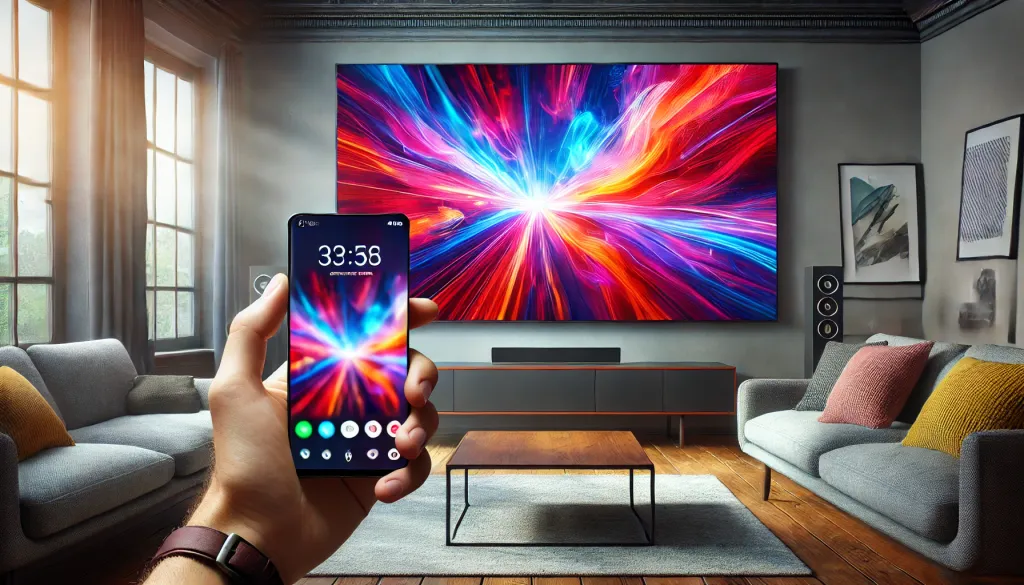
Samsung is not giving up on its plans to revolutionise cinema halls. During this year's CinemaCon in Las Vegas, the company showcased the latest version of the Samsung Onyx LED screen, a technology that has the potential to send traditional projectors into obsolescence.
Instead of a lamp and lens – a modular LED screen with a diagonal of up to 20 metres. No canvas, no faded colours and no problems with brightness. Onyx is simply a giant LED television that can be mounted across an entire wall of the room. Sounds futuristic? Of course. But this technology has been around for several years – Samsung began the first tests of Onyx back in 2017, it’s just that now they are showcasing its latest generation – much brighter, more flexible and ready for HDR and 120 frames per second.


300 nits brightness and true black
The new Onyx screen can achieve up to 300 nits of peak brightness, which is nearly three times more than, for example, Dolby Cinema (108 nits). In comparison, traditional cinema projectors often fail to reach even half of that value. This translates to better visibility of details, brighter scenes, and stronger HDR effects – something that simply cannot be achieved on a traditional cinema screen. The Onyx technology is based on true LED modules, rather than LCD technology – which means that each point shines independently, providing full control over contrast, with true black appearing like black from a good OLED, rather than a greyish shadow on a projection canvas.
Modularity and flexibility
The new version of Onyx will be available in four standard sizes: 5, 10, 14, and 20 metres wide – but due to its modular design, it can easily be adapted to specific room dimensions. There are various aspect ratios to choose from (2.39:1 and 1.85:1), different pixel densities (ranging from 1.25 mm to 5 mm), and the option for installation even in smaller, boutique cinemas.
Cinema without a projector – does it make sense?
Although the technology looks impressive, it's worth adding that at the moment, few films utilise higher frame rates that Samsung promotes (up to 120 fps). Even large productions like Avatar: The Way of Water were shown at a maximum of 48 fps. Meanwhile, most films are still made in the classic 24 fps – so the potential of the new Onyx may not always be fully utilised. Nevertheless, interest is growing. Pixar plans to showcase its upcoming film Elio on Onyx screens in HDR, praising the technology for its depth of colour and detail that couldn't be achieved in cinemas before.
And for a snack… paper screens?
At CinemaCon, Samsung also showcased something less spectacular but quite practical – colourful E-Paper screens designed to replace traditional paper posters, signage, and banners in cinemas. They are thin, lightweight, energy-efficient, and – interestingly – can be updated remotely. We have mentioned them before, and now they have indeed made their way to Samsung's booth in the form of displays showing the cinema schedule and… popcorn ads. It may be a small thing, but it shows that the manufacturer is thinking not just about the cinema auditorium but the entire experience surrounding the screening.
The first room with the new Onyx screen will debut this autumn in Arizona – at the Cannon Beach complex (LVL 11 Entertainment). For now, there’s no information about plans to implement this technology in Europe, but if the new generation takes off, it could mark the beginning of greater changes across the entire cinema industry.
 Ignacy Giżyński
Ignacy Giżyński












